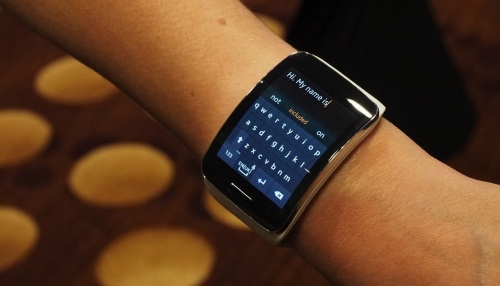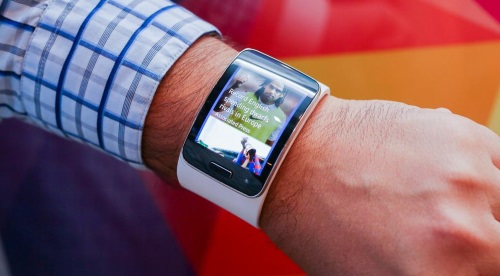
Android-powered Nokia X smartphones have the HERE maps pre-installed, but the Finnish company wants to expand. A recent partnership signed with Samsung will bring the maps to Galaxy phones in the first stage, with other brands to follow in the near future.
The HERE mapping app is among the leftovers that Microsoft didn’t want when buying Nokia. After toying a bit with iOS in 2013 just after the “I got into a lake because of Apple Maps” fiasco, Nokia announced that it will launch HERE maps on Android and yet once more on iOS. The Finnish company definitely has an advantage over its competitors, as it bought Navteq, which is well experienced in navigation software and digital cartography in 2007. Since 2011, Navteq has been fully merged into Nokia and has constituted a big part of what the HERE maps are today.
Exec Sean Fernback stated in an interview with the WSJ that “Google Maps is a good solution for many, their maps work very well, but it has looked the same and done the same for a long time.” In a few words, he explained what the HERE maps will focus on changing.
With Navteq in its pocket, Nokia won’t have a lot of catching up to do. In fact, some claim that HERE maps would end up on the third place after being launched, just behind Google Maps and Apple’s. However, what most seem to forget is that Nokia’s maps are available in most cars with built-in navigation, fact that makes the Finns leaders in this industry.
What more, with their offline support, HERE maps are even preferred by some people in India, South Africa and other countries. As far as I’m concerned, the GPS sensor of my smartphone could by faulty, as according to Google Maps I went off-road quite a few times. I should mention that I’m mainly talking about rural areas, and here is exactly where Nokia’s HERE maps are said to excel.
As a consequence of Nokia’s partnership with Samsung, the HERE maps will first be available on Gear S, the Tizen smartwatch that’s said to rule them all. Soon after that, HERE Maps will make their way to the Galaxy line, and if everything goes fine, we should see Nokia’s navigation app on more Android devices. Google should really give some thought to improving their maps before Nokia washes them over.
Be social! Follow Walyou on Facebook and Twitter, and read more related stories about Microsoft’s acquisition of Nokia, and the
 Along with the
Along with the 
